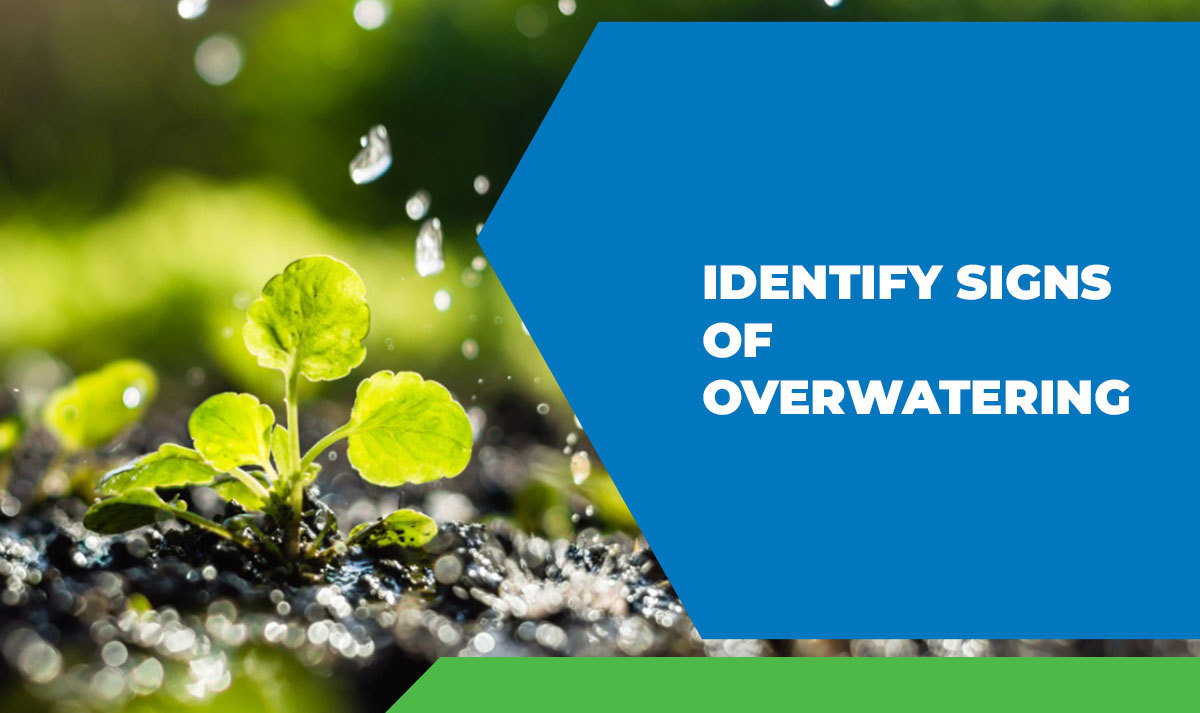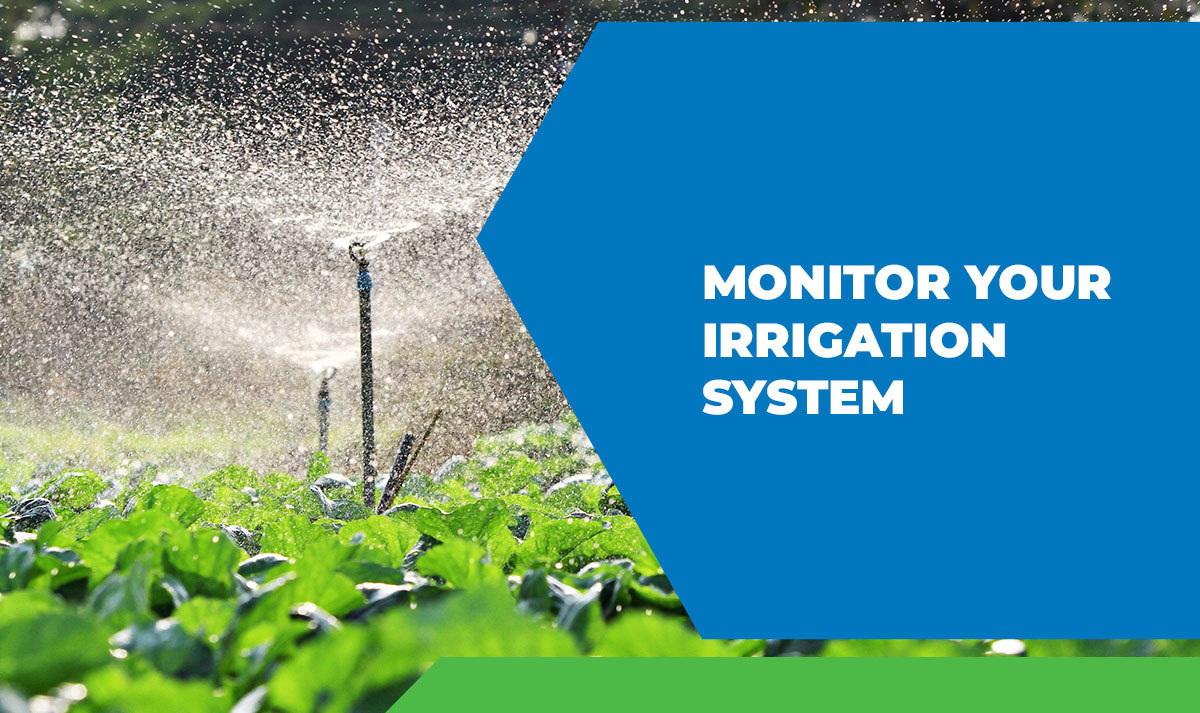We all want our lawn to look picture-perfect. To keep it healthy, green and pristine, it is essential to keep it watered. But in the course of doing so, we often overwater it, which can affect the growth of healthy grass. Indeed, a waterlogged lawn can drown grass plants, causing unsightly, patchy areas and the spread of pests and diseases.
The requirements for hydration vary among grass species. Warm season grasses like Bermuda and zoysia, for instance, require roughly one-half to three-quarter inches of water every one to three weeks. However, cool season grasses like Kentucky bluegrass and perennial ryegrass require regular irrigation every four to five days. But many lawn owners or gardeners don’t know this; some don’t even know that they are overwatering their lawns. The main reason for an overwatered lawn is the absence of a proper water irrigation system.
In this post, we will discuss the signs of overwatering and how to avoid them by using a proper home irrigation system.
Let’s get started.
How to Avoid Overwatering Your Lawn
Overwatering your lawn can be just as bad for it as underwatering. That’s why it is necessary to take action to prevent overwatering and all the issues that come with it. These procedures involve identifying common signs of overwatering, understanding the type of soil in your lawn, planning your watering schedule, and monitoring your irrigation system. Here we will take a closer look at each of these steps to resolve the lawn overwatering issue.
- Identify Signs of Overwatering

As the word suggests, overwatering means watering your lawn or plants more than is necessary. When your lawn is overwatered, the open spaces within the soil fill with water, forcing air out of the ground. As a result, the oxygen in the soil gradually becomes depleted. With weakened roots, the plants and grass become more vulnerable to diseases and insect damage.
People often don’t understand when they overwater because the signs are not always obvious. So, if you suspect you have overwatered, look for these signs. Some of the most common ones are:
- Thatch development
- Fungus
- Increased weed growth
- Insects
- Lawn depression
- Water runoff
- Spongy ground
Once you have identified these signs, it is time to move on to the next step.
- Understand the Soil Type
The amount of water your lawn requires depends to a great extent on its soil type. So, the next step is to determine this to figure out whether you are watering too much.
For example, if you have sandy soil, you may see it draining quickly. In that case, simply watering more will not help the plants grow because the water will drain below the roots. On the other hand, clay soil tends to become heavy when saturated and can prevent plants from getting enough moisture to their roots. Also, water tends to pool quickly on top of clay soil, leading to wasteful runoff.
Soil that is constantly wet is overwatered. Signs include the grass turning yellow or having brown spots or edges, or the base of the plant stem feeling mushy. It can also make some lawn treatments ineffective. For example, fertilizer becomes useless if the yard is overwatered as the excess water will wash away all the soil along with the fertilizer. This is a waste of time, money, and effort.
Other than sandy and clay soils, there are many other types of soil that each has its own water needs. To avoid overwatering, learn about your soil and its specific water requirements.
- Monitor Your Irrigation System

Watering properly necessitates the use of the proper irrigation system. Otherwise, you will waste a lot of money. So, monitor your irrigation system to check whether it is satisfying your lawn irrigation requirements.
If you want a smooth and hassle-free irrigation system, consider installing automatic underground sprinklers. Contact Green Valley Irrigation to get the highest quality home irrigation system. They come with a lot of advantages, such as:
- When used properly, it saves you money while keeping your lawn healthy and beautiful.
- Its rain sensors will automatically turn off the system in a rainstorm.
- Its different spray patterns will help evenly water the entire area to avoid causing dry patches or spots.
So, always choose the right water irrigation system. If you already have one, check to make sure it is working properly. Examine each sprinkler head for leaks, broken sprinkler heads, bubbles, or incorrect spraying patterns. If you notice any potential issues, it may be time to call in the irrigation pros.
- Create Good Watering Habits
You have to develop and maintain a proper watering schedule to keep your lawn healthy. As mentioned, scheduling gets easier with automatic lawn sprinklers; you just have to adjust your system settings.
Or, if you are watering manually, it is best to water at the same time of day and on the same days of the week. For best results, water your lawn and other plants early in the morning to help prevent evaporation and wastewater.
Usually, healthy lawns require one inch of water per week, whether through irrigation or rainfall. To adequately hydrate the grassroots, the water needs to be absorbed six to eight inches deep. Make sure you water your grass equally so that some of it does not dry out while the rest drowns.
- Get Professional Watering Assistance
Determining the soil type and figuring out the optimal watering schedule can be challenging. Even with the right information, it will take time and energy to set up everything. Wouldn’t it be great to have the right help to help you resolve your overwatering? Then call Green Valley Irrigation. Our experts offer professional assistance for all your lawn sprinkler needs.
Overwatering your lawn is a huge waste of water and can damage your grass. Don’t let your lawn turn into a swamp that kills all your grass. To avoid overwatering it, follow all the above-mentioned steps and contact Green Valley Irrigation to get the best irrigation solution.

